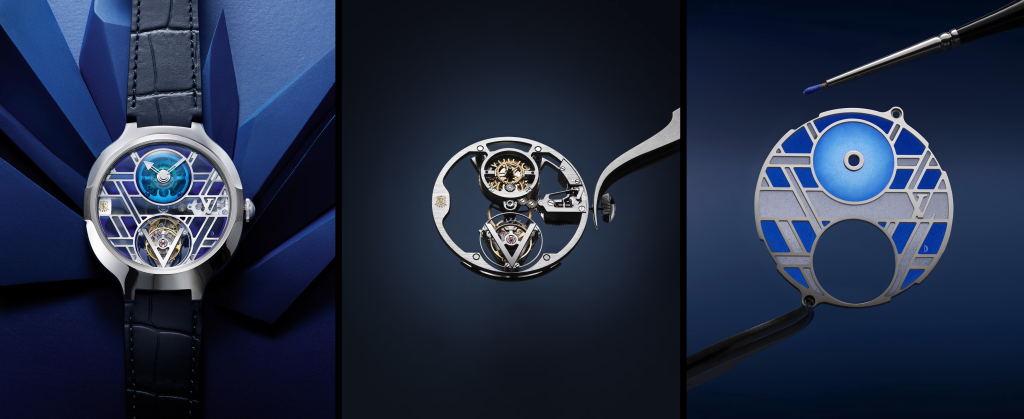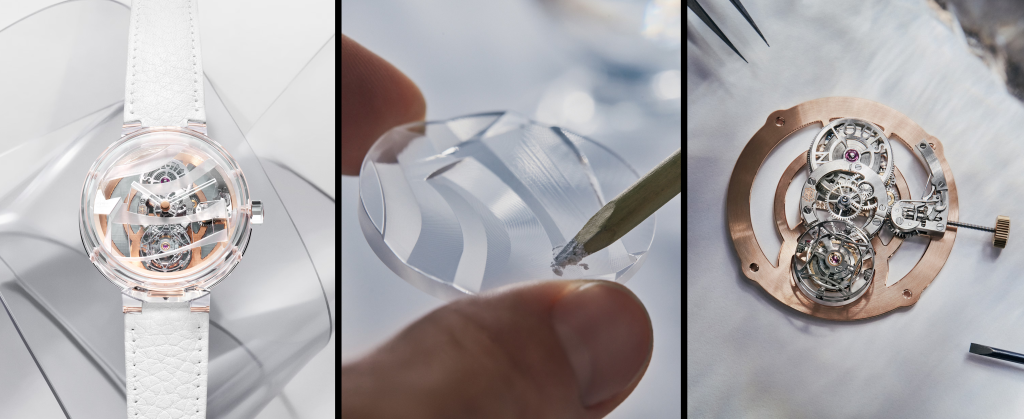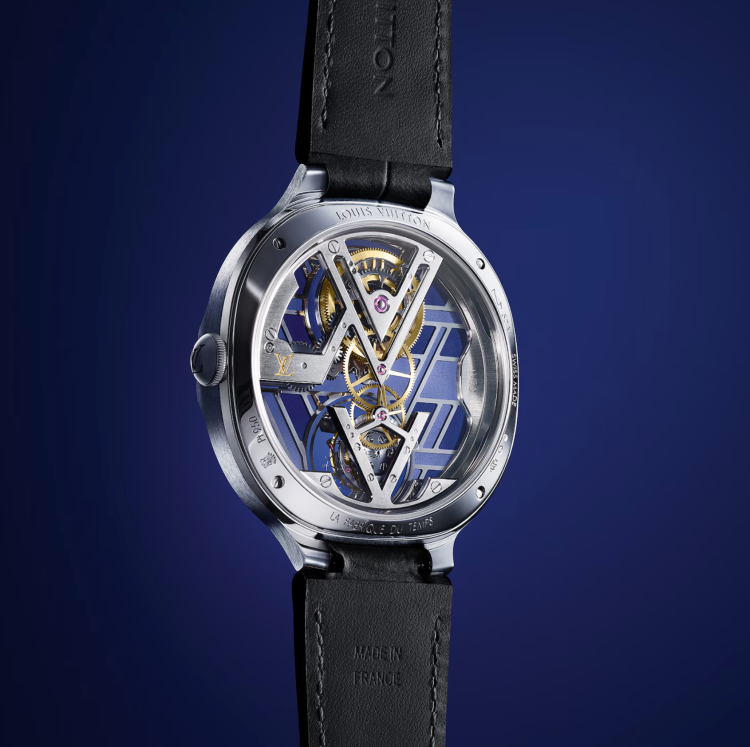Introduction
The Geneva Seal, also known as the Poinçon de Genève, is one of the most prestigious certifications of watchmaking excellence, symbolizing the pinnacle of craftsmanship, precision, and quality. Established in 1886, the Geneva Seal is a hallmark of the highest standards in the Swiss watch industry, awarded to timepieces that meet stringent criteria in terms of movement, finishing, and overall quality. This comprehensive article delves into the intricate craftsmanship behind Geneva Seal watches, exploring the history, certification process, technical requirements, and cultural significance that make these timepieces the epitome of horological artistry.
Chapter 1: The History of the Geneva Seal
1.1 Origins and Establishment
The Geneva Seal was established in 1886 by the Grand Council of the Republic and Canton of Geneva, aiming to protect and promote the city’s watchmaking heritage. The seal was introduced to distinguish watches made in Geneva that adhered to the highest standards of craftsmanship and quality. This initiative was a response to the increasing number of counterfeit watches bearing the Geneva name, which threatened the reputation of genuine Geneva-made timepieces.
1.2 Evolution of the Seal
Over the years, the Geneva Seal has evolved to incorporate advancements in watchmaking technology and changes in industry standards. The criteria for certification have become more rigorous, ensuring that only the finest timepieces receive this prestigious hallmark. Today, the Geneva Seal is synonymous with exceptional craftsmanship and is highly coveted by watchmakers and collectors alike.
Chapter 2: The Certification Process
2.1 Eligibility and Application
To be eligible for the Geneva Seal, a watch must be produced within the Canton of Geneva and meet specific technical and aesthetic criteria. Watchmakers seeking certification must submit their timepieces to the Geneva Laboratory of Horology and Microengineering (TIMELAB), an independent body responsible for the examination and certification of watches.
2.2 Examination and Testing
The examination process for the Geneva Seal involves a thorough inspection of the watch’s movement, finishing, and overall quality. Each component is meticulously examined under magnification to ensure it meets the stringent criteria set forth by the Geneva Seal. The testing process includes:
- Movement Inspection: The movement is disassembled and each component is inspected for compliance with the Geneva Seal’s standards. This includes checking the finishing, alignment, and assembly of parts.
- Functional Testing: The watch is tested for accuracy, reliability, and durability. This involves subjecting the timepiece to various conditions, such as temperature fluctuations and magnetic fields, to ensure it maintains precise timekeeping.
- Aesthetic Evaluation: The overall aesthetic quality of the watch is evaluated, including the finishing of the case, dial, and movement. This ensures that the timepiece not only functions flawlessly but also exhibits the highest level of craftsmanship and beauty.
2.3 Certification and Marking
Once a watch has successfully passed the examination process, it is awarded the Geneva Seal. The seal is typically engraved on a prominent part of the movement, such as the mainplate or bridges, signifying that the timepiece has met the highest standards of Geneva watchmaking. This mark of excellence is a testament to the watchmaker’s dedication to quality and craftsmanship.

Chapter 3: Technical Requirements
3.1 Movement Finishing
One of the most critical aspects of the Geneva Seal is the finishing of the movement. Each component must exhibit impeccable craftsmanship, with particular attention to the following techniques:
- Anglage (Chamfering): All edges of the movement components must be beveled and polished, creating a smooth and reflective surface. This not only enhances the aesthetic appeal but also prevents dust and debris from accumulating in the crevices.
- Côtes de Genève (Geneva Stripes): The movement’s bridges and plates are decorated with parallel stripes, a traditional finishing technique that adds visual depth and texture. These stripes are meticulously applied using specialized tools and require exceptional skill to achieve uniformity.
- Perlage (Circular Graining): The movement’s baseplate is decorated with overlapping circular patterns, created by rotating abrasive tools against the metal surface. This technique adds a subtle, shimmering effect that enhances the overall appearance of the movement.
- Black Polishing (Polissage Noir): Certain components, such as screws and pivots, are polished to a mirror-like finish using extremely fine abrasives. This technique, also known as specular polishing, creates a deep, lustrous surface that reflects light with exceptional clarity.
3.2 Assembly and Adjustment
The assembly and adjustment of a Geneva Seal watch require the utmost precision and skill. Each component must be carefully fitted and aligned to ensure optimal performance and reliability. Key aspects of the assembly process include:
- Jeweled Bearings: All movements must be equipped with synthetic ruby bearings to reduce friction and wear. These bearings are precisely set to ensure smooth and efficient operation of the moving parts.
- Shock Protection: The movement must include a shock protection system, such as the Incabloc or KIF, to safeguard against impacts and vibrations. This ensures the watch maintains accurate timekeeping even in challenging conditions.
- Hairspring and Balance Wheel: The hairspring and balance wheel must be meticulously adjusted to achieve precise regulation. This involves fine-tuning the balance spring’s tension and the balance wheel’s weight distribution to ensure consistent oscillation.
- Testing and Calibration: Each movement is subjected to rigorous testing and calibration to verify its accuracy and performance. This includes testing the watch in multiple positions and under various conditions to ensure it maintains precise timekeeping.
Chapter 4: Exemplary Brands and Models
4.1 Vacheron Constantin
Vacheron Constantin is one of the most renowned watchmakers to consistently produce Geneva Seal-certified timepieces. The brand’s commitment to excellence and tradition is evident in its exquisite craftsmanship and attention to detail. Notable models include:
- Patrimony: The Patrimony collection embodies Vacheron Constantin’s dedication to timeless elegance and sophistication. These watches feature minimalist designs with beautifully finished movements that adhere to the highest standards of the Geneva Seal.
- Traditionnelle: The Traditionnelle collection pays homage to the brand’s rich heritage, with intricate complications and meticulous finishing. Each timepiece is a masterpiece of horological artistry, showcasing Vacheron Constantin’s expertise in traditional watchmaking techniques.
4.2 Patek Philippe
Patek Philippe is another prestigious watchmaker known for producing Geneva Seal-certified watches. The brand’s commitment to innovation and quality has earned it a reputation as one of the finest watchmakers in the world. Notable models include:
- Calatrava: The Calatrava collection is synonymous with understated elegance and timeless design. These watches feature refined aesthetics and impeccable movements that meet the rigorous standards of the Geneva Seal.
- Grand Complications: Patek Philippe’s Grand Complications collection showcases the brand’s mastery of complex horological mechanisms. These timepieces feature intricate complications such as perpetual calendars, minute repeaters, and tourbillons, all finished to the exacting standards of the Geneva Seal.
4.3 Roger Dubuis
Roger Dubuis is a modern watchmaker that has quickly established itself as a leader in the industry, with a strong emphasis on the Geneva Seal. The brand’s innovative designs and exceptional craftsmanship have garnered acclaim from collectors and enthusiasts. Notable models include:
- Excalibur: The Excalibur collection is known for its bold, avant-garde designs and technical prowess. These watches feature skeletonized movements and striking aesthetics, all certified with the Geneva Seal.
- Velvet: The Velvet collection combines feminine elegance with high horology, offering timepieces that are both beautiful and technically impressive. Each watch is crafted to the highest standards, showcasing Roger Dubuis’s commitment to excellence.

Chapter 5: The Cultural and Economic Significance of Geneva Seal Watches
5.1 Symbol of Excellence
The Geneva Seal is widely recognized as a symbol of horological excellence and craftsmanship. Timepieces bearing this prestigious hallmark are celebrated for their superior quality, precision, and aesthetic beauty. The seal serves as a mark of distinction, setting Geneva Seal watches apart from other luxury timepieces.
5.2 Collector’s Appeal
Geneva Seal watches are highly sought after by collectors and enthusiasts, who appreciate the exceptional craftsmanship and exclusivity associated with these timepieces. The limited production and rigorous certification process add to their allure, making them valuable additions to any collection.
5.3 Economic Impact
The Geneva Seal has a significant economic impact on the watchmaking industry in Geneva. It enhances the reputation of Geneva-made timepieces, driving demand and supporting the local economy. The seal also encourages continuous innovation and excellence among watchmakers, ensuring the region remains a global leader in haute horlogerie.
Chapter 6: The Future of Geneva Seal Watches
6.1 Technological Advancements
As watchmaking technology continues to evolve, the Geneva Seal will adapt to incorporate new innovations while maintaining its commitment to traditional craftsmanship. Advances in materials, manufacturing techniques, and horological complications will further enhance the quality and performance of Geneva Seal watches.
6.2 Sustainability Initiatives
The watchmaking industry is increasingly focusing on sustainability, and the Geneva Seal will play a role in promoting environmentally responsible practices. This includes the use of sustainable materials, ethical sourcing, and reducing the environmental impact of production processes. Geneva Seal watches will continue to represent not only the pinnacle of craftsmanship but also a commitment to sustainability.
6.3 Expanding Influence
The Geneva Seal’s influence will continue to expand as more watchmakers strive to achieve this prestigious certification. The seal’s reputation as a mark of excellence will inspire new generations of watchmakers to uphold the highest standards of quality and craftsmanship, ensuring the legacy of Geneva watchmaking endures.
















































